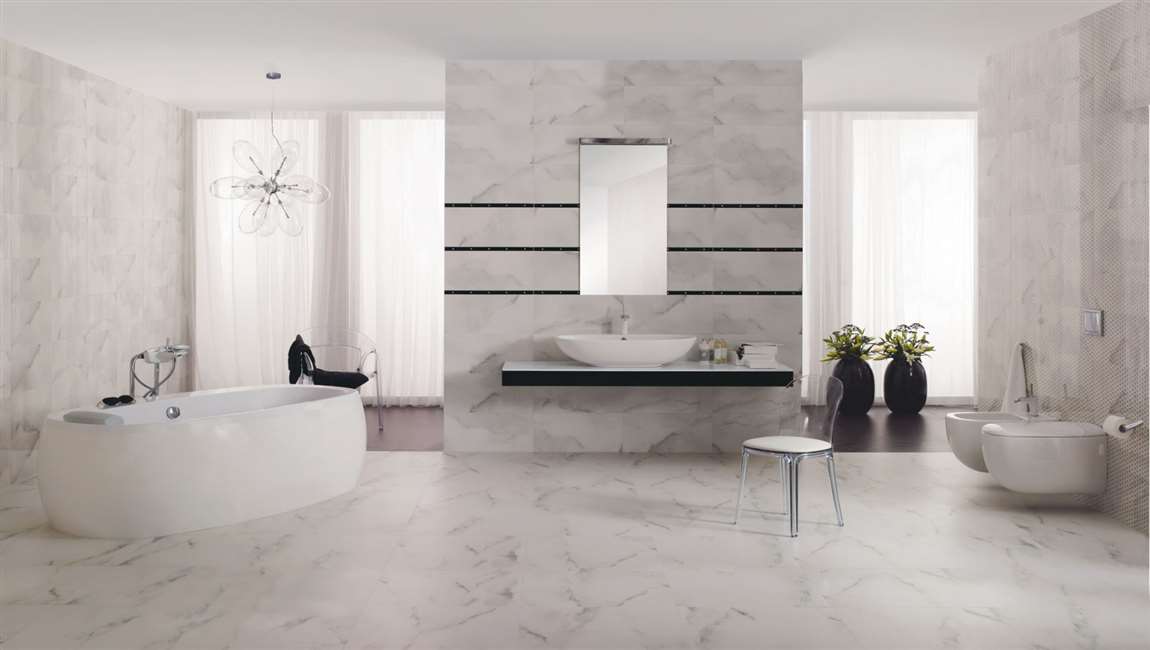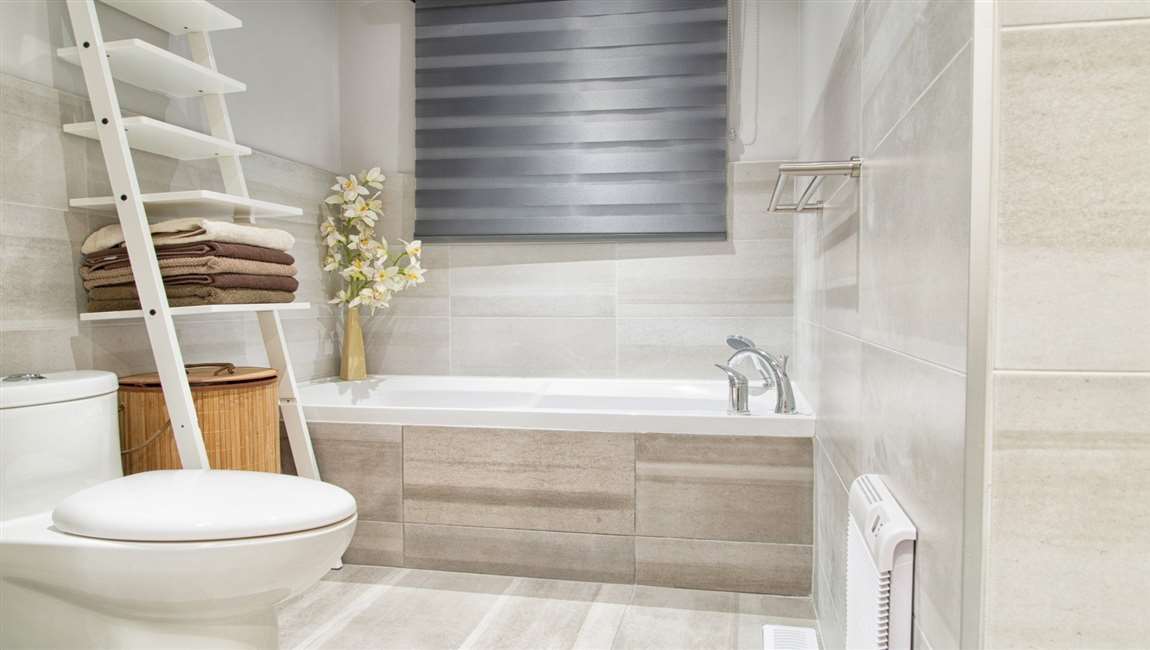The Knowledge Protect Bathroom Grout
Wet the surface of your bathroom tile. Fill an empty salt shaker with baking soda. Sprinkle baking soda generously all over the grout. Let it sit for 10 minutes and then scrub it with a nylon brush. Rinse well with warm water and dry immediately.
Remove mold or mildew with a stronger oxygen bleach mixture. Make a paste with a small amount of water and apply it directly to the affected areas. Allow it to sit for 30 minutes. Scrub the grout with a toothbrush, and then rinse and dry it.
Seal bathroom grout with a latex penetrating sealer after installation, and again every year. A penetrating sealer is important for bathroom grout, because it is absorbed into the grout’s pores and protects it from mold and mildew. Some of these sealers can be expensive, but it is a good idea to choose based on quality rather than price.
Allow your cement tiles to dry. It will take approximately 5 days for the moisture behind the floor tiles to evaporate. Do not use your bathroom during this time. Apply the sealer to a sponge. Wipe it over the tile and grout of the entire bathroom surface you want to protect. Leave the sealer on for the time indicated by the product’s directions.
Wipe the excess sealer off the surface of the wood tile with a damp cloth or paper towels. The directions may suggest you use a pH neutral cleanser first and then rinse off the tile with a damp cloth. Apply a second coat, if it is recommended by the product. Allow the last coat of protective grout sealer to sit overnight before you use the bathroom.










